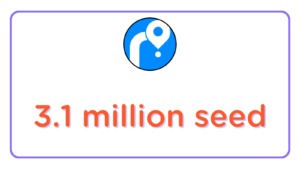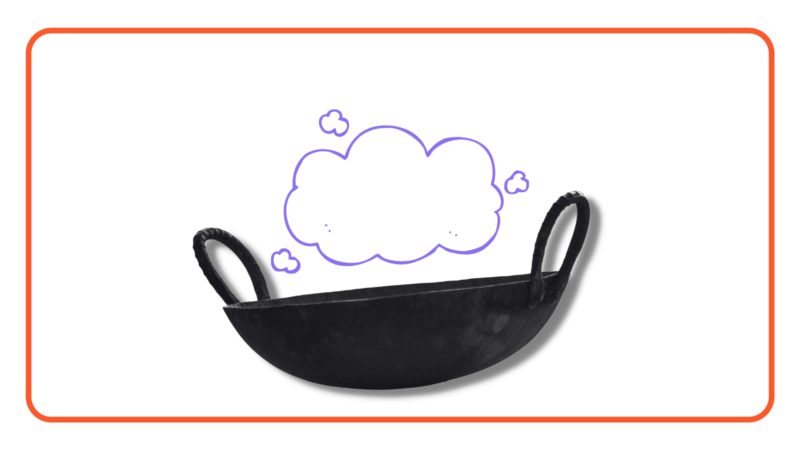Do you hate waiting for a simple transfer, checking back often to see if it has been made, and contacting customer support when you don’t receive the funds?
If so, wouldn’t it be nice to have a system that lets you initiate instant transfers?
For example: If I send Rs. 500 from my account at Bank A to a friend’s account at Bank B at 8:00 am. I can be sure my friend has received Rs. 500 on their account before 8:01 am.
No more waiting days or even hours for fund transfers.
Sounds great, doesn’t it?
Well, you can do that now.
RAAST: A brief Intro
A real-time interbank funds transfer system, RAAST (Real-time Automated Settlement System), was launched in January 2021 by the State Bank of Pakistan (SBP) in partnership with payments gateway Karandaaz.
The system is similar to the existing interbank fund transfer systems like IBFT and IFT, but with some added features and benefits.
For instance, it simultaneously enables end-to-end digital payments and allows customers to instantly send and receive money from their accounts without delay, regardless of the bank.
How does RAAST work?
RAAST leverages the latest technology to connect different bank systems, allowing customers to send and receive money in real-time.
The sender’s bank initiates a transaction request after verifying the user’s identity through a one-time pin (OTP). The amount is then transferred immediately to the recipient’s account via a secure channel provided by SBP within seconds.
How to use RAAST?
All you need to use RAAST is registering your mobile number with your bank account, which becomes your RAAST ID.
- Access your bank’s relevant channel (Internet banking, mobile app, or branch)
- Link your account by authenticating and linking your mobile number
- Your bank will now confirm your mobile number as your RAAST ID
Any sender will now only need your mobile number to deposit money to your account via RAAST.
The system eliminates the need for entering lengthy account numbers to conduct transactions.
RAAST’s Key Benefits to Pakistan’s Economy
- Greater affordability of digital payments for consumers belonging to varied socio-economic classes
- Compatibility with poverty alleviation schemes such as Ehsaas, Benazir Income Support, and programs like Sehat Card
- Elimination of financial crimes such as tax evasion, and money laundering through increased digital documentation
- Boost in innovation arising out of a greater ability to transact and build digital services at a marginal cost
What’s Next?
100 million Pakistanis do not have access to banking services, according to the World Bank Global Findex.
Pakistan’s relatively low ratio of electronic transactions can be linked to a lack of trust and awareness among consumers, low banking penetration, high transaction costs, and limited access, as is the case with most developing nations.
However, RAAST can change all that.
While payment gateways such as 1Link and NIFT already exist, RAAST is uniquely positioned to bridge the gap and drive financial inclusion in a country whose digital payments ecosystem is still in its infancy.
Final Thoughts
At this moment, the state-of-the-art system capable of settling small-value retail payments with minimal cost is a relative newcomer in Pakistan.
Should you decide to give it a try, you may find yourself transferring money at a lightning speed.
However, if your bank account looks anything like mine, the sight of deductions appearing too soon might result in a faster heartbeat.







